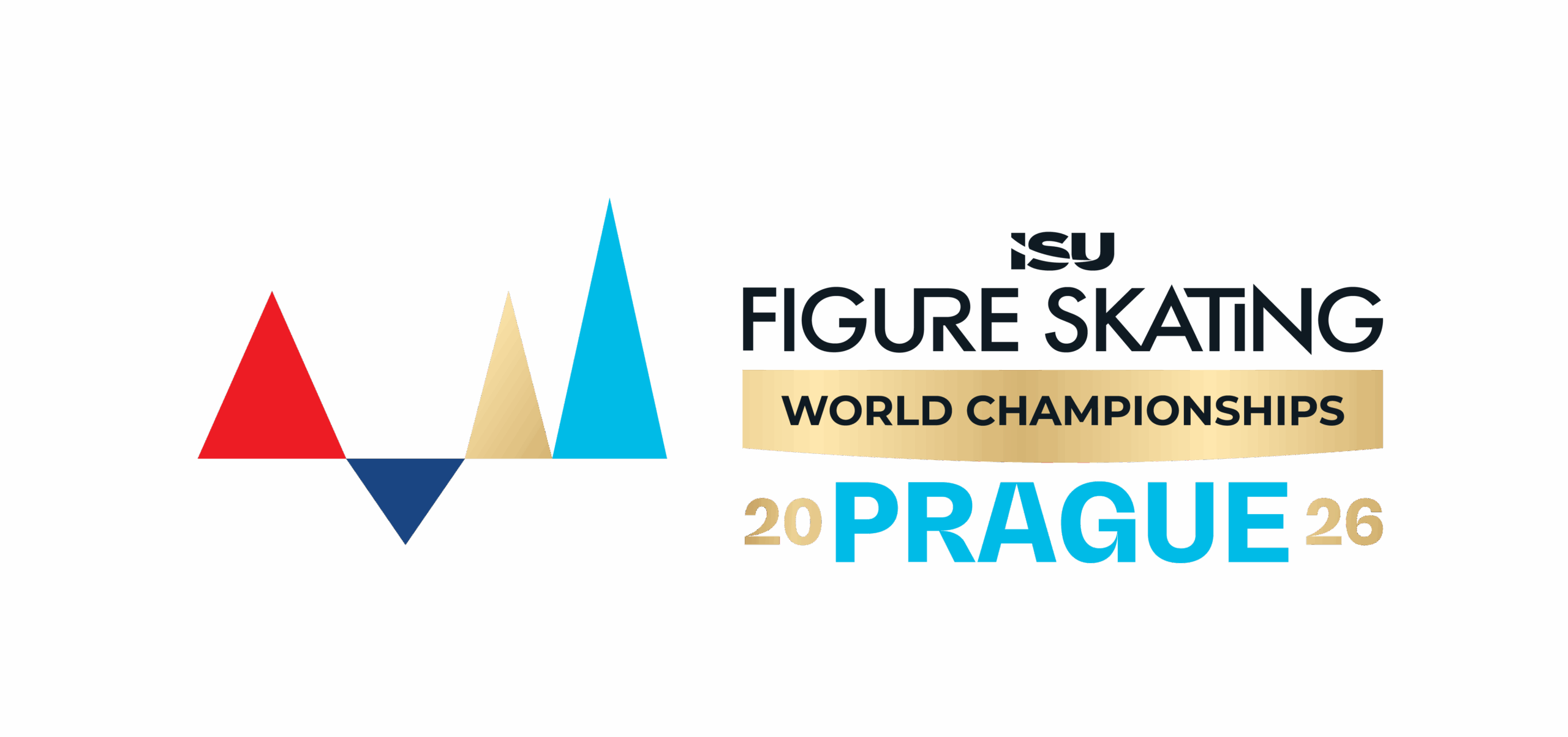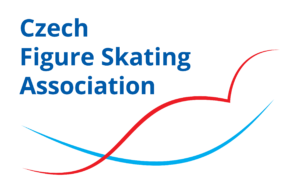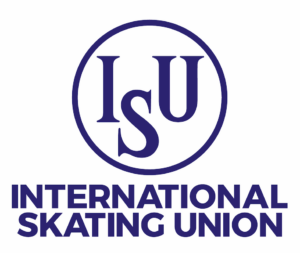History
History of the ISU World Figure Skating Championships®
The ISU World Figure Skating Championships®, organised annually by the International Skating Union (ISU), crown world champions in four categories. The competition is usually held in March.
The idea for the World Championships® originated in 1895, and the first ISU event was held in February 1896 in St. Petersburg, Russia, with only four skaters competing. Until 1906, the championships were considered to be exclusively for men. Although there was no official gender restriction, Florence Madeline Syers competed in 1902 and won a silver medal. This led to discussions at the ISU Congress, where it was decided in 1905 to establish a separate women’s competition. The first women’s championships were held in Davos in 1906, although the winners were only awarded the title of “ISU Champions”, while the men were awarded the title of “World Champions”.
Pairs skating was introduced in St Petersburg in 1908, but did not achieve World Championship status until 1924. In some countries, these events were long considered inappropriate.
Initially, the winners were usually determined by judges from the host country, which led to controversies, such as in 1927 when three Norwegian judges awarded the women’s title to Sonja Henie in Oslo, despite a different decision by the international judges. This led the ISU to introduce a rule allowing only one judge from each country.
The first combined championships for men, women and pairs were held in New York in 1930, the first championships to be held outside Europe. Ice dancing was added in 1952. Since 1960, the maximum number of competitors per country has been limited to three per event. Compulsory figures were eliminated in 1991, and the traditional “6.0” scoring system was replaced by the new ISU system in 2005.
The Championships were not held during the World Wars (1915-1921, 1940-1946) and in 1961 due to a tragic plane crash involving the American team. In 2011, the event scheduled for Tokyo was moved to Moscow due to the aftermath of the earthquake and tsunami in Japan. In 2026, the championships will return to Prague after 33 years.
History of Czech figure skating
Czech figure skating experienced its golden era in the 1950s and 1960s, but its first success dates back to the inter-war period when Eliška and Oskar Hoppe won bronze in pairs at the 1927 World Championships in Vienna.
In the second half of the 20th century, Czech figure skating became one of the leading nations in the sport. One of the most prominent figures in Czech women’s figure skating was undoubtedly Ája Vrzáňová, world champion in 1949 (Paris) and 1950 (London). Almost twenty years later, Hana Mašková followed in her footsteps with two bronze medals at the ISU World Figure Skating Championships in 1967 (Vienna) and 1968 (Geneva) and an Olympic bronze in Grenoble.
The “home” ISU World Figure Skating Championships® in Prague in 1962 were also very successful for the Czech (Czechoslovak) team. Karol Divín delighted the home fans with a silver medal to add to his silver from the Squaw Valley Olympics, while sibling pairs Eva and Pavel Roman began their run of four consecutive world titles.
The most successful figure skater from the former Czechoslovakia was Ondrej Nepela of Slovakia, a five-time European champion, three-time world champion (1969-1973) and 1972 Olympic gold medallist at Sapporo. His compatriot Jozef Sabovčík followed with three European titles between 1985 and 1987.
Czech figure skating has been waiting for a world title since 1995, when Radka Kovaříková and René Novotný won gold in the pairs in Birmingham, the last world title for the Czechs.
Overview of Czech and Czechoslovak medals in figure skating at Olympic Games, World and European Championships
OLYMPIC GAMES |
||
| Gold | ||
| 1972 | Sapporo | Ondrej Nepela |
| Silver | ||
| 1960 | Squaw Valley | Karol Divín |
| Bronze | ||
| 1968 | Grenoble | Hana Mašková |
| 1984 | Sarajevo | Jozef Sabovčík |
| 1992 | Albertville | Petr Barna |
| ISU World Figure Skating Championships® | ||
| Gold | ||
| 1949 | Paris | Ája Vrzáňová |
| 1950 | London | Ája Vrzáňová |
| 1962 | Prague | Eva a Pavel Romanovi (taneční páry) |
| 1963 | Cortina | Eva a Pavel Romanovi (taneční páry) |
| 1964 | Dortmund | Eva a Pavel Romanovi (taneční páry) |
| 1965 | Colorado Springs | Eva a Pavel Romanovi (taneční páry) |
| 1971 | Lyon | Ondrej Nepela |
| 1972 | Calgary | Ondrej Nepela |
| 1973 | Bratislava | Ondrej Nepela |
| 1995 | Birmingham | Radka Kovaříková, René Novotný (sportovní dvojice) |
| Silver | ||
| 1958 | Paris | Věra Suchánková, Zdeněk Doležal (sportovní dvojice) |
| 1962 | Prague | Karol Divín |
| 1969 | Colorado Springs | Ondrej Nepela |
| 1970 | Ljublanja | Ondrej Nepela |
| 1992 | Oakland | Radka Kovaříková, René Novotný (sportovní dvojice) |
| Bronze | ||
| 1927 | Vienna | Eliška a Oskar Hoppeovi (sportovní dvojice) |
| 1948 | Davos | Jiřina Nekolová |
| 1964 | Dortmund | Karol Divín |
| 1967 | Vienna | Hana Mašková |
| 1968 | Geneva | Hana Mašková |
| ISU European Figure Skating Championships | ||
| Gold | ||
| 1950 | Oslo | Ája Vrzáňová |
| 1957 | Vienna | Věra Suchánková, Zdeněk Doležal (sportovní dvojice) |
| 1958 | Bratislava | Karol Divín |
| 1958 | Bratislava | Věra Suchánková, Zdeněk Doležal (sportovní dvojice) |
| 1959 | Davos | Karol Divín |
| 1964 | Grenoble | Eva a Pavel Romanovi (taneční páry) |
| 1965 | Moscow | Eva a Pavel Romanovi (taneční páry) |
| 1968 | Västeras | Hana Mašková |
| 1969 | Garmisch-Partenkirchen | Ondrej Nepela |
| 1970 | Leningrad | Ondrej Nepela |
| 1971 | Zürich | Ondrej Nepela |
| 1972 | Göteborg | Ondrej Nepela |
| 1973 | Cologne | Ondrej Nepela |
| 1985 | Göteborg | Jozef Sabovčík |
| 1986 | Copenhagen | Jozef Sabovčík |
| 1992 | Lausanne | Petr Barna |
| 2008 | Zagreb | Tomáš Verner |
| Silver | ||
| 1930 | Berlin | Otto Gold |
| 1947 | Davos | Vladislav Čáp |
| 1948 | Prague | Blažena Knittlová, Karel Vosátka (sportovní dvojice) |
| 1949 | Milan | Ája Vrzáňová |
| 1955 | Budapest | Věra Suchánková, Zdeněk Doležal (sportovní dvojice) |
| 1957 | Vienna | Karol Divín |
| 1962 | Geneva | Karol Divín |
| 1963 | Budapest | Eva a Pavel Romanovi (taneční páry) |
| 1967 | Ljublanja | Hana Mašková |
| 1969 | Garmisch-Partenkirchen | Hana Mašková |
| 1983 | Dortmund | Jozef Sabovčík |
| 1990 | Leningrad | Petr Barna |
| 1991 | Sofia | Petr Barna |
| 1992 | Lausanne | Radka Kovaříková, René Novotný (sportovní dvojice) |
| 1995 | Dortmund | Radka Kovaříková, René Novotný (sportovní dvojice) |
| 2007 | Warsaw | Tomáš Verner |
| Bronze | ||
| 1948 | Prague | Ája Vrzáňová |
| 1954 | Bolzano | Karol Divín |
| 1954 | Bolzano | Soňa Balůnová, Miroslav Balůn (sportovní dvojice) |
| 1955 | Budapest | Karol Divín |
| 1956 | Paris | Karol Divín |
| 1961 | Berlin | Jana Mrázková |
| 1962 | Geneva | Eva a Pavel Romanovi (taneční páry) |
| 1964 | Grenoble | Karol Divín |
| 1966 | Bratislava | Ondrej Nepela |
| 1966 | Bratislava | Jitka Babická, Jaromír Holan (taneční páry) |
| 1967 | Ljublanja | Ondrej Nepela |
| 1968 | Västeras | Ondrej Nepela |
| 1974 | Zagreb | Liana Drahová |
| 1989 | Birmingham | Petr Barna |
| 2011 | Bern | Tomáš Verner |
| 2013 | Zagreb | Michal Březina |



